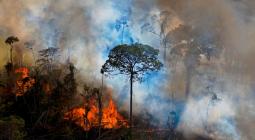Building a green economy could stop ‘nightmare’ degradation of Amazon.
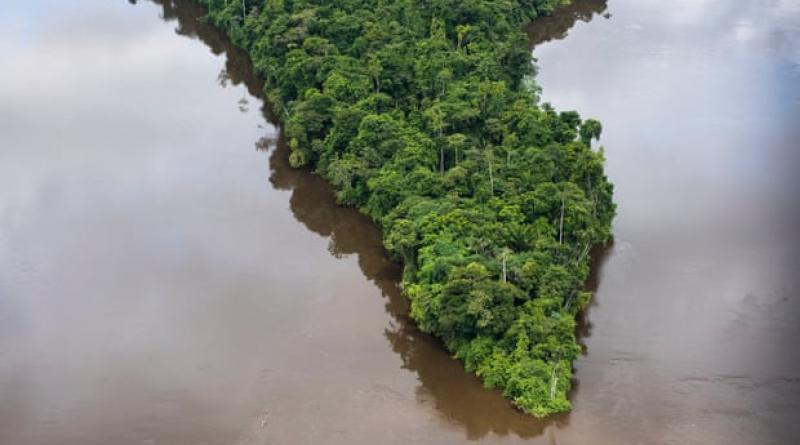
US scientist Thomas Lovejoy says the rainforest’s rich biodiversity has been undervalued compared to economic activities such as farming and mining.
The Amazon will be transformed into a “highly degraded nightmare” unless a sustainable biodiversity-based economy develops which properly values ecosystem services and products produced by the rainforest, a leading scientist has warned.
Prof Thomas Lovejoy, the “godfather of biodiversity”, said if agro-industrial economic developments such as cattle farming, palm oil production and mining continue, the rainforest’s hydrological cycle will be “in tatters”, with global weather systems severely disrupted.
Turning this around will require an innovative green economy which monetises the food, medicines, aquaculture and climate regulation the forest provides, said Lovejoy, a senior fellow at the United Nations Foundation and president of the Amazon Biodiversity Centre.
“Is [biodiversity] to be locked away for the amusement of science with no practical value? It has in fact contributed substantially to human wellbeing in ways that simply are not tracked or entered into human accounting,” he wrote in an essay published by the Royal Society.
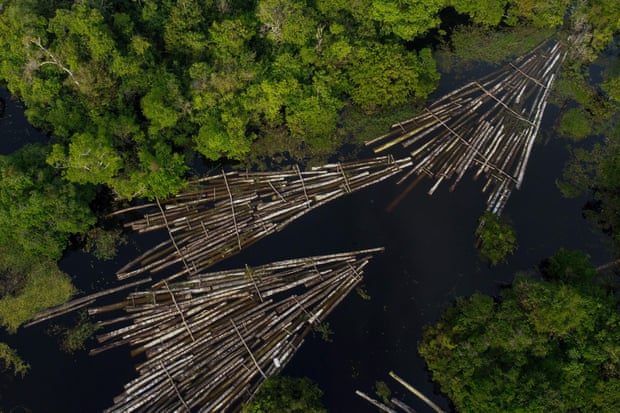
The piece was commissioned by Cambridge University professor Sir Partha Dasgupta, who is submitting a report to the UK Treasury on the true value of ecosystem services provided by nature, and wanted clarity on the situation in the Amazon rainforest. His report is part of a trend to put a financial value on nature in order to prevent its destruction.
It’s shortsighted not to put a price on nature, according to Lovejoy, a US scientist who has studied the Amazon for more than 50 years. “Conservation efforts have not been inconsequential – and they haven’t failed totally – but they really have focused on the conservation, and they haven’t spent enough time helping people understand the value,” he said.
“There are some people who don’t like doing that. They object to putting a price on nature, or whatever it is. And I think that’s actually a very shortsighted way of thinking about it, because all it’s doing is recognising some of the value. And if you don’t recognise value, then it’s very logical for those mythical beasts called ‘decision makers’ to just value it at zero.”
For decades the Amazon has been deforested because it has not been seen as offering much in the way of economic opportunities except as a place from which to extract resources, Lovejoy argued. The Brazilian president, Jair Bolsonaro, has said that ecological reserves “hinder development”. Under his leadership deforestation has reached a 12-year high.
“The current Brazilian government tends mostly to see the forest and its biodiversity as of little value compared to economic activities like cattle, soy or mining.” Lovejoy wrote. “In contrast, the Amazon’s highest value is in development that is based on forest biodiversity, and in maintaining the hydrologic cycle for the Amazon and the South American climate system.
“A future Amazon that has not benefited from a thoughtful biodiversity-based development trajectory will be but a pale shadow of what the early explorers encountered,” he added. “Dieback will lead to a hydrological cycle in tatters, stranded hydroelectric facilities, largely failed fisheries, marginal urban economies and impacts on continental climate … the Amazon will be transformed from an Eden into a highly degraded nightmare.”
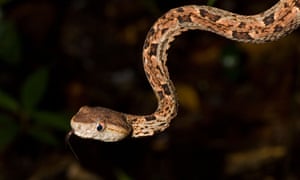
The part that is least recognised is how new insights into biology can have practical applications for human wellbeing, he said. Brazilian climate scientist Carlos Nobre describes the Amazon as one of biodiversity’s “greatest showrooms” with “incalculable” molecular substances with specific and usable functions, most of which are still unknown to science.
For example, a tropical Amazonian viper, the fer-de-lance, inspired the discovery of angiotensin converting enzyme (ACE) inhibitors which have extended the lives of millions of people by controlling blood pressure. Curare – a muscle relaxant used in surgery – is still harvested directly from the Amazon.
“Nobody ever stops to figure out where this all comes from. And it really comes from what all living things are about, which is adapting to various conditions in their environment and solving biological challenges,” said Lovejoy. “Almost every human society values libraries, but they never think of nature as this gigantic living library, which has not only all the accumulated information and solutions to date, but the new ones that they’re basically inventing on a daily basis.”
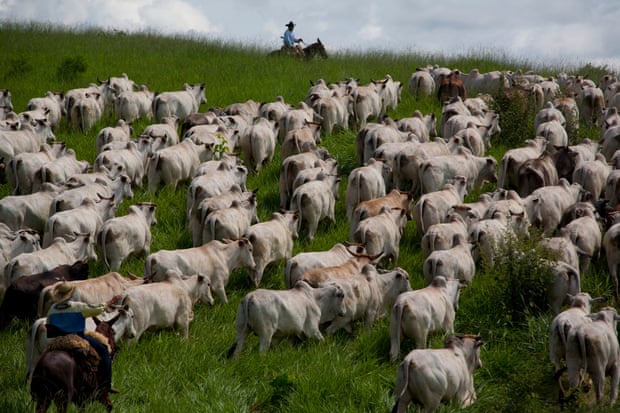
The insurance firm Swiss Re has estimated that more than half of global GDP – $42tn (£32tn) – depends on high-functioning biodiversity. The World Economic Forum lists biodiversity loss as one of the five biggest risks over the next decade and experts say financial institutions are increasingly aware that biodiversity regulation is coming.
Already 17% of the Amazon has been deforested and research has suggested 20-25% deforestation would trigger the “tipping point” at which the rainforest would start to transition into savannah. This crucial moment was generally thought to be decades away, but a paper in the journal Nature Communications last year suggested that 40% of the existing rainforest is already on the brink of transitioning.
“You can actually see the beginnings of a tipping point, it’s not some theoretical model,” said Lovejoy. He estimates we have five or 10 years to reverse deforestation.
“You actually see changes in tree species from those that are predominantly adapted to very wet conditions to ones that are adapted to drier conditions. So I think it’s right here and now,” he said.
Find more age of extinction coverage here, and follow biodiversity reporters Phoebe Weston and Patrick Greenfield on Twitter for all the latest news and features
21 January 2021
The Guardian


